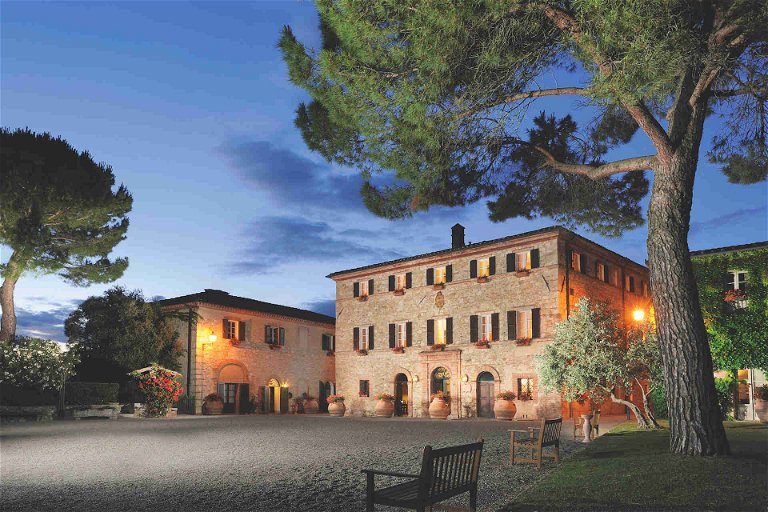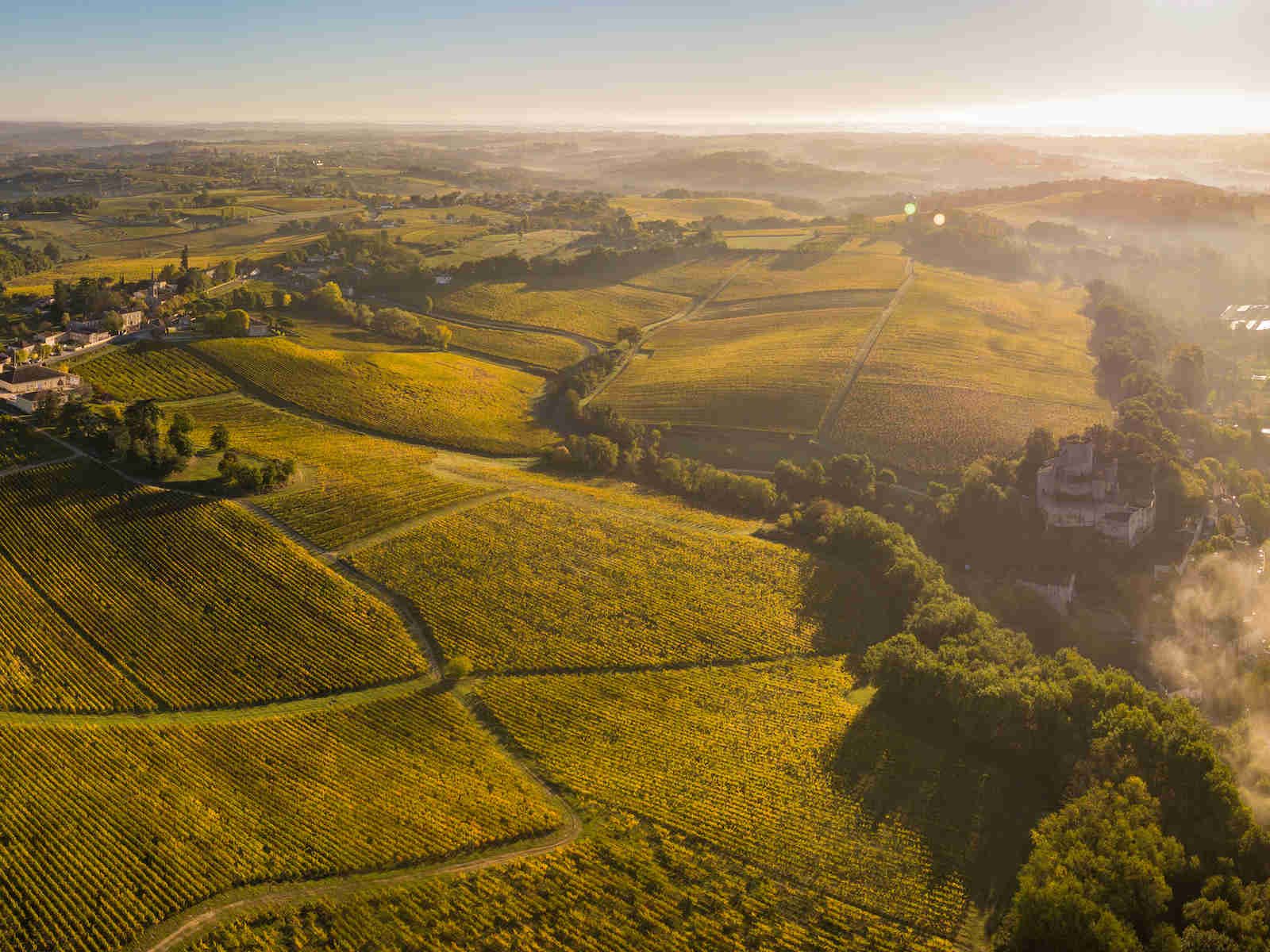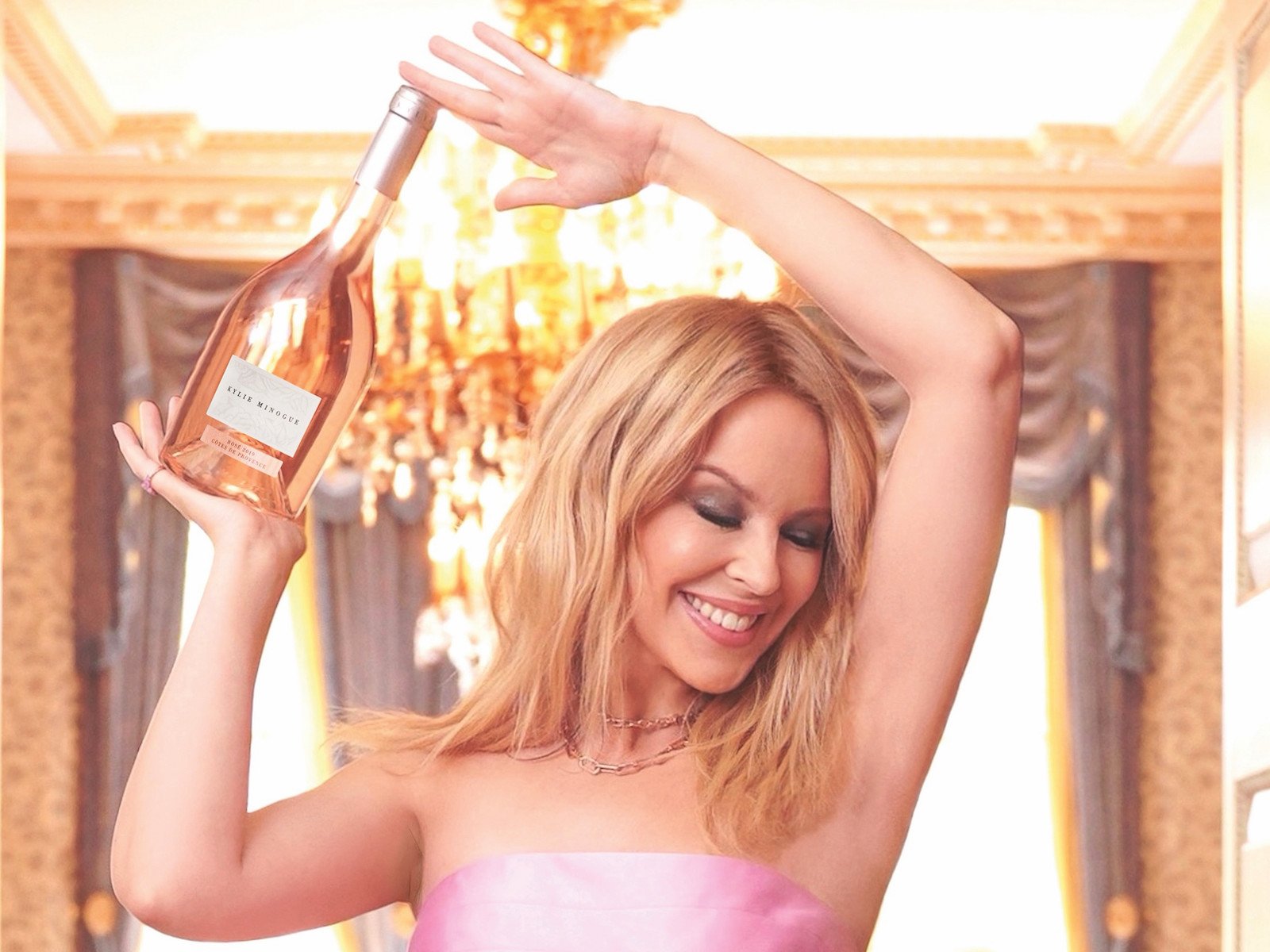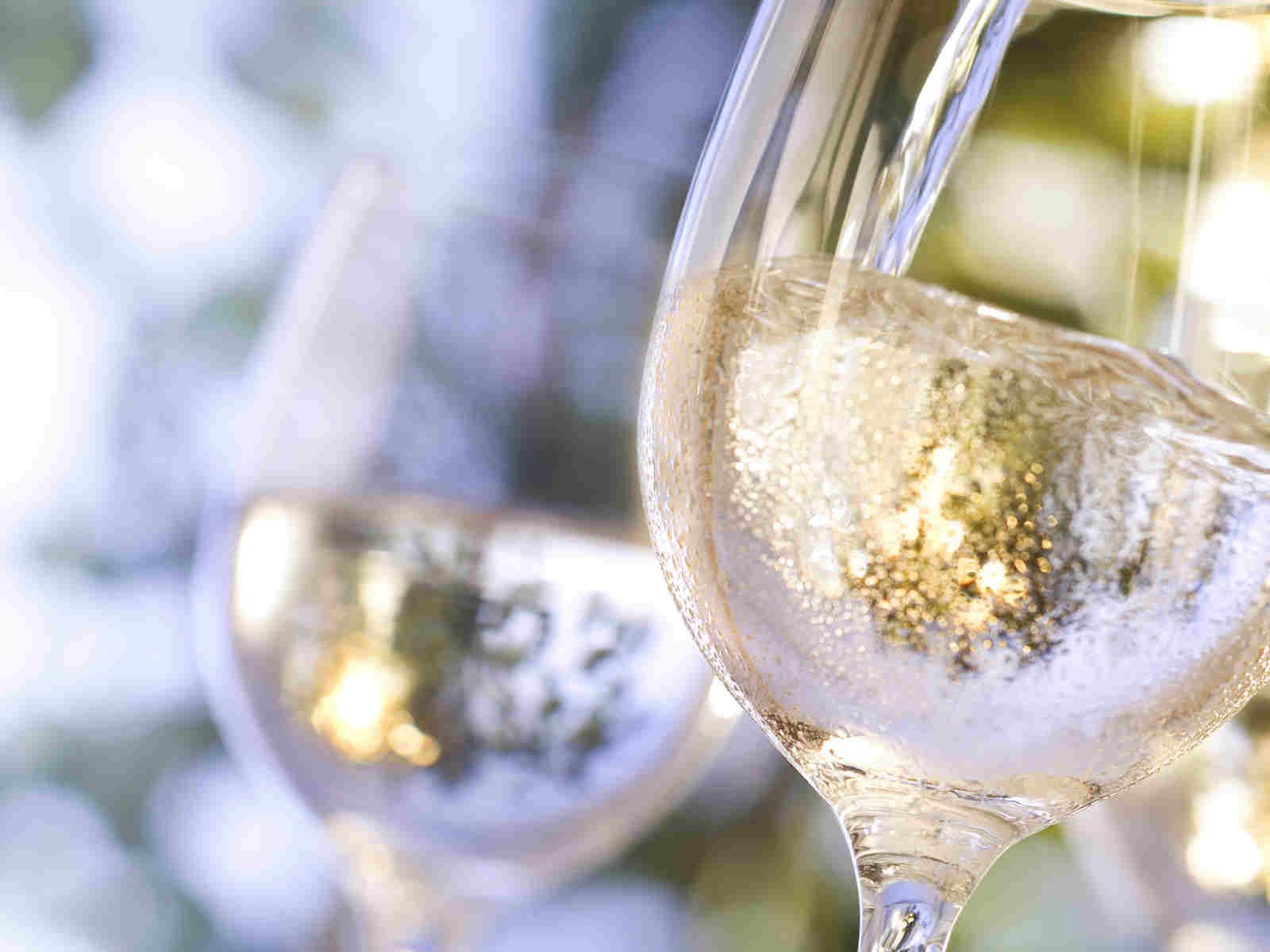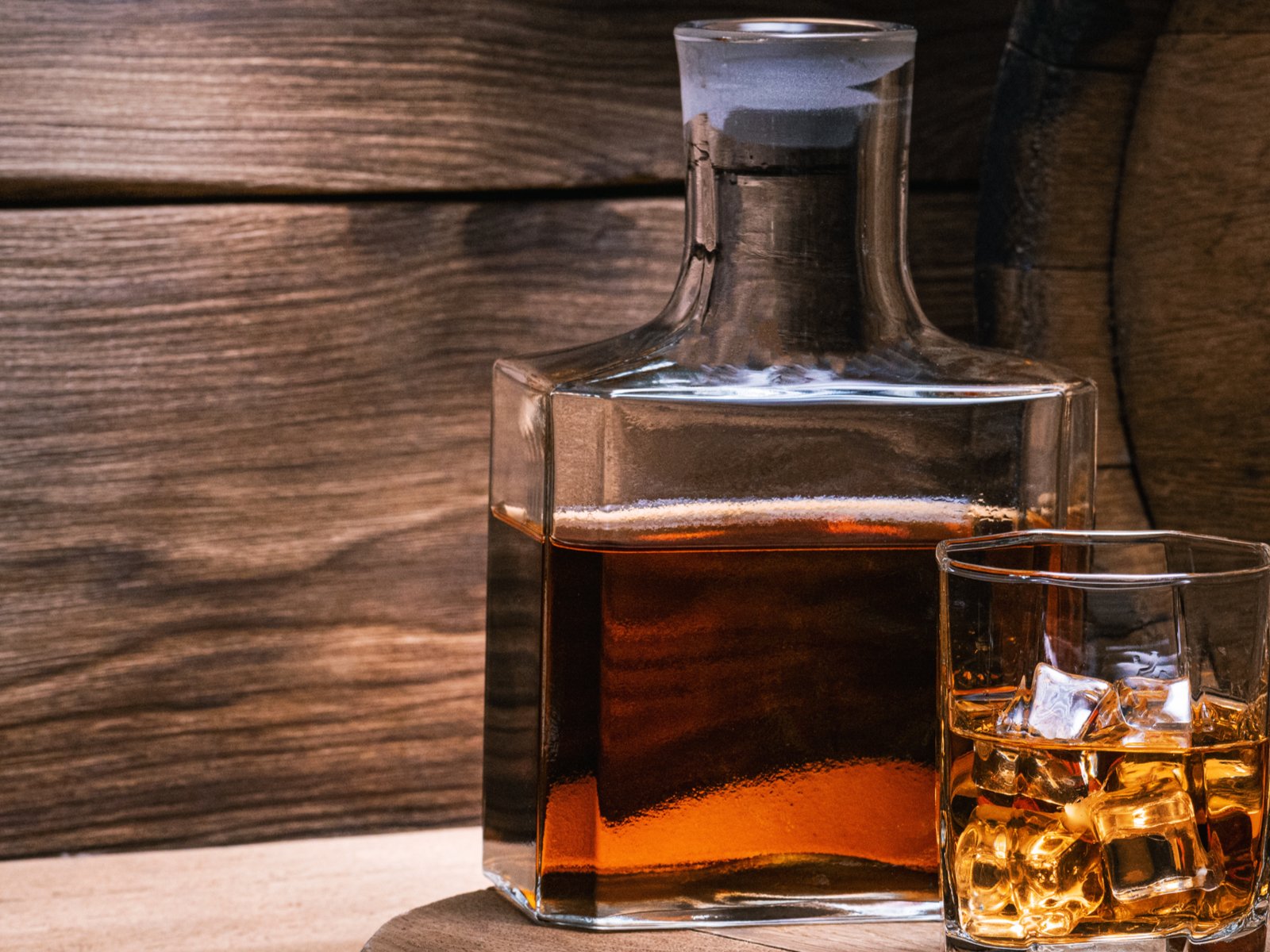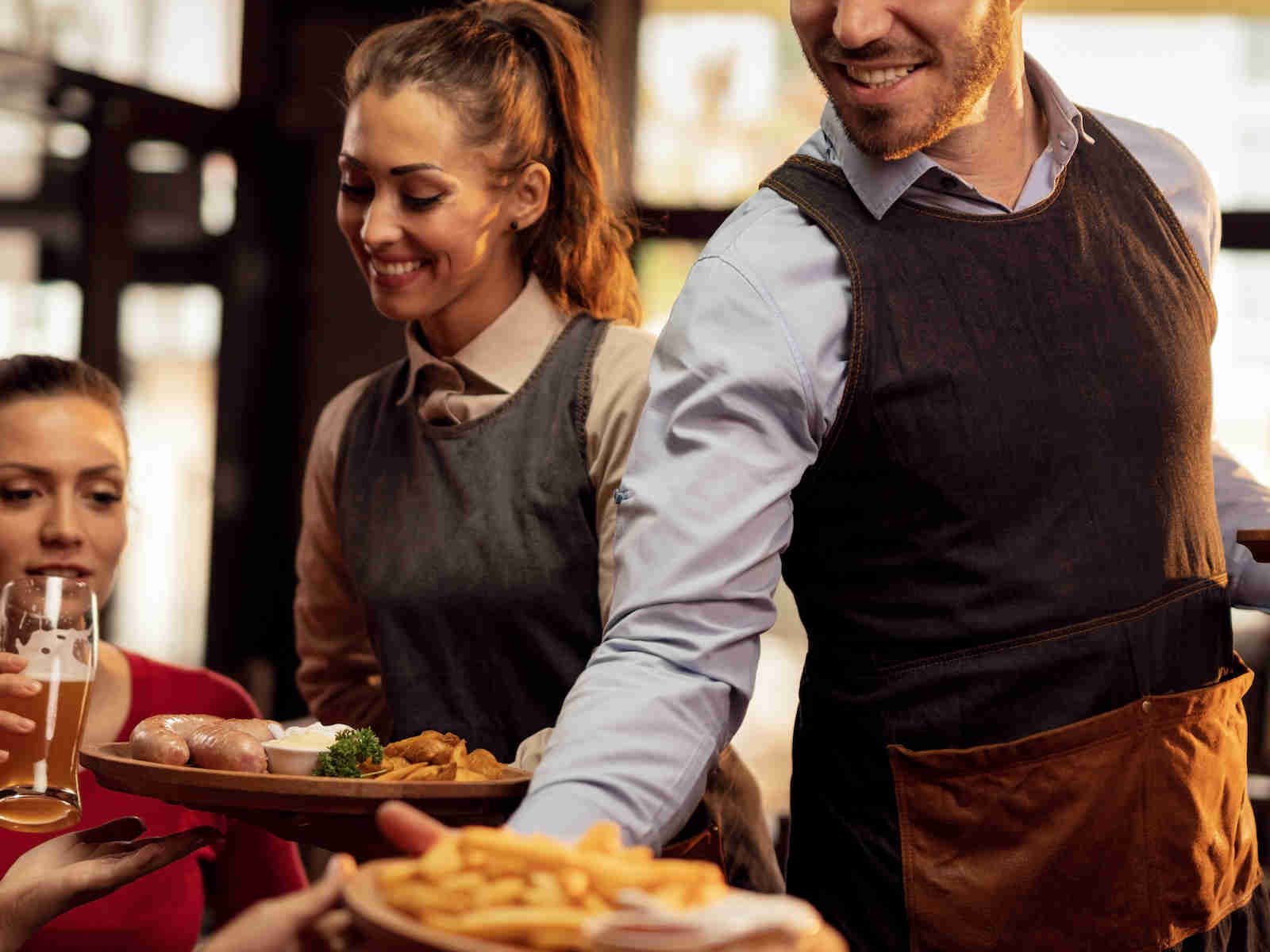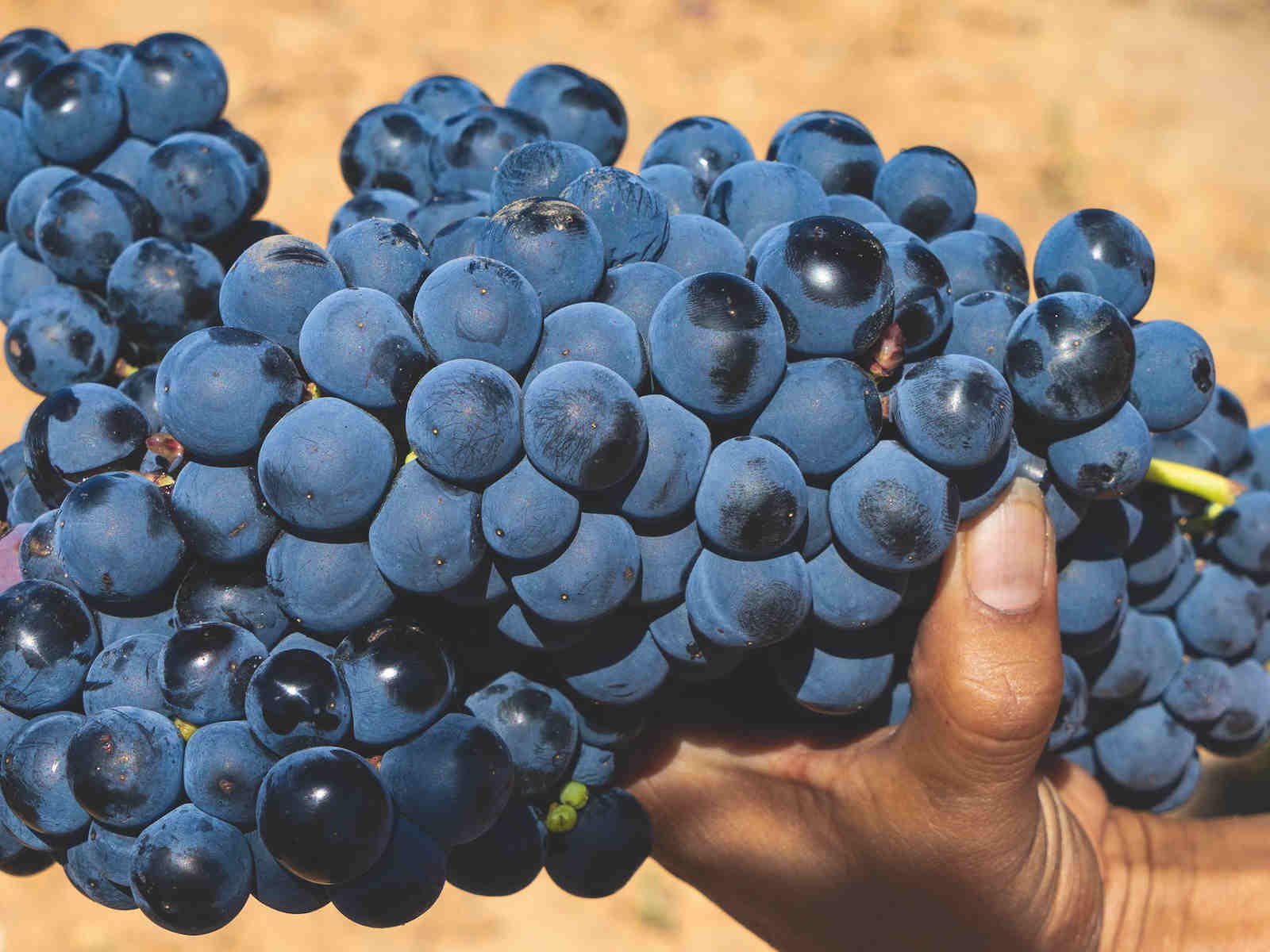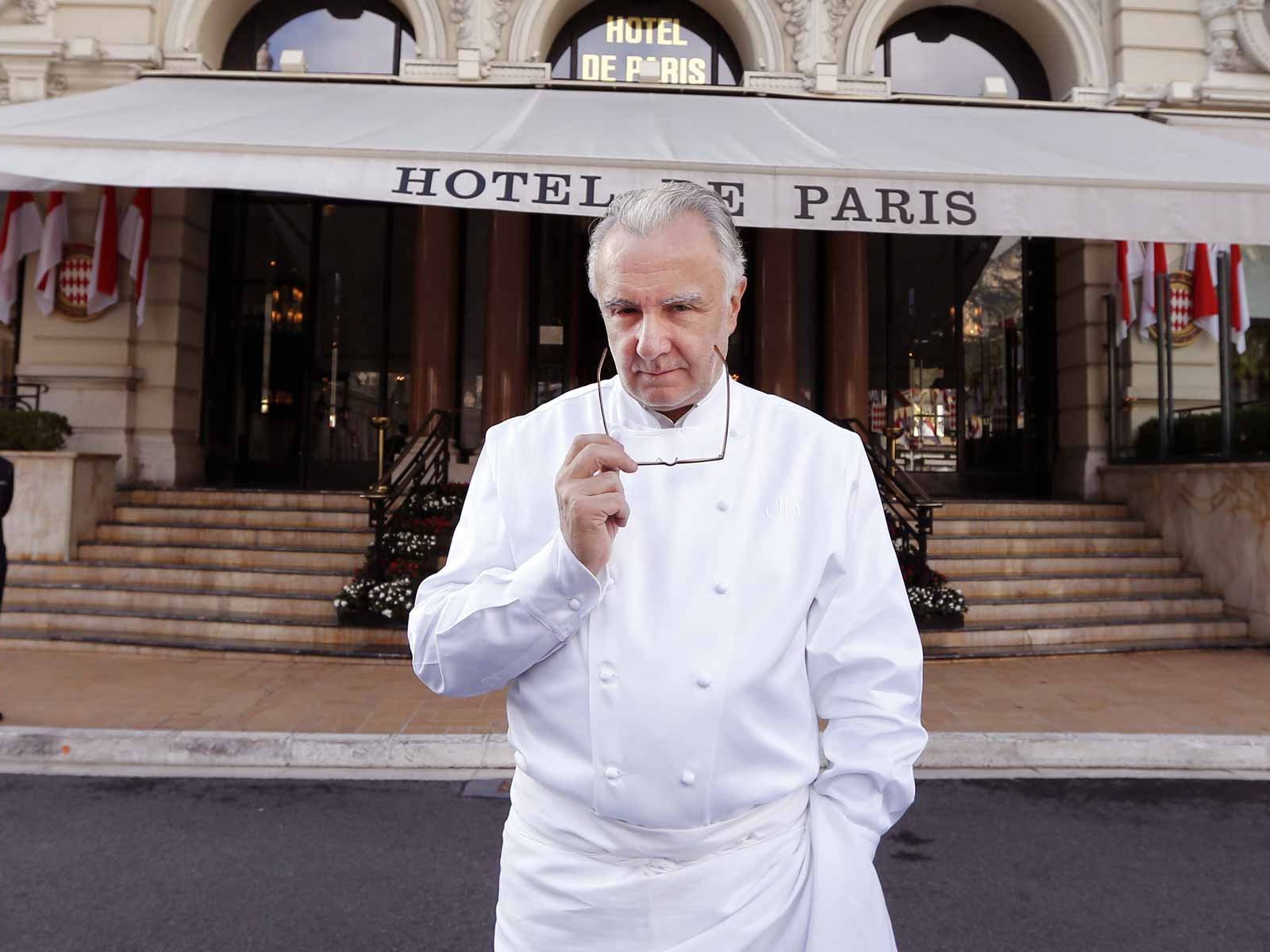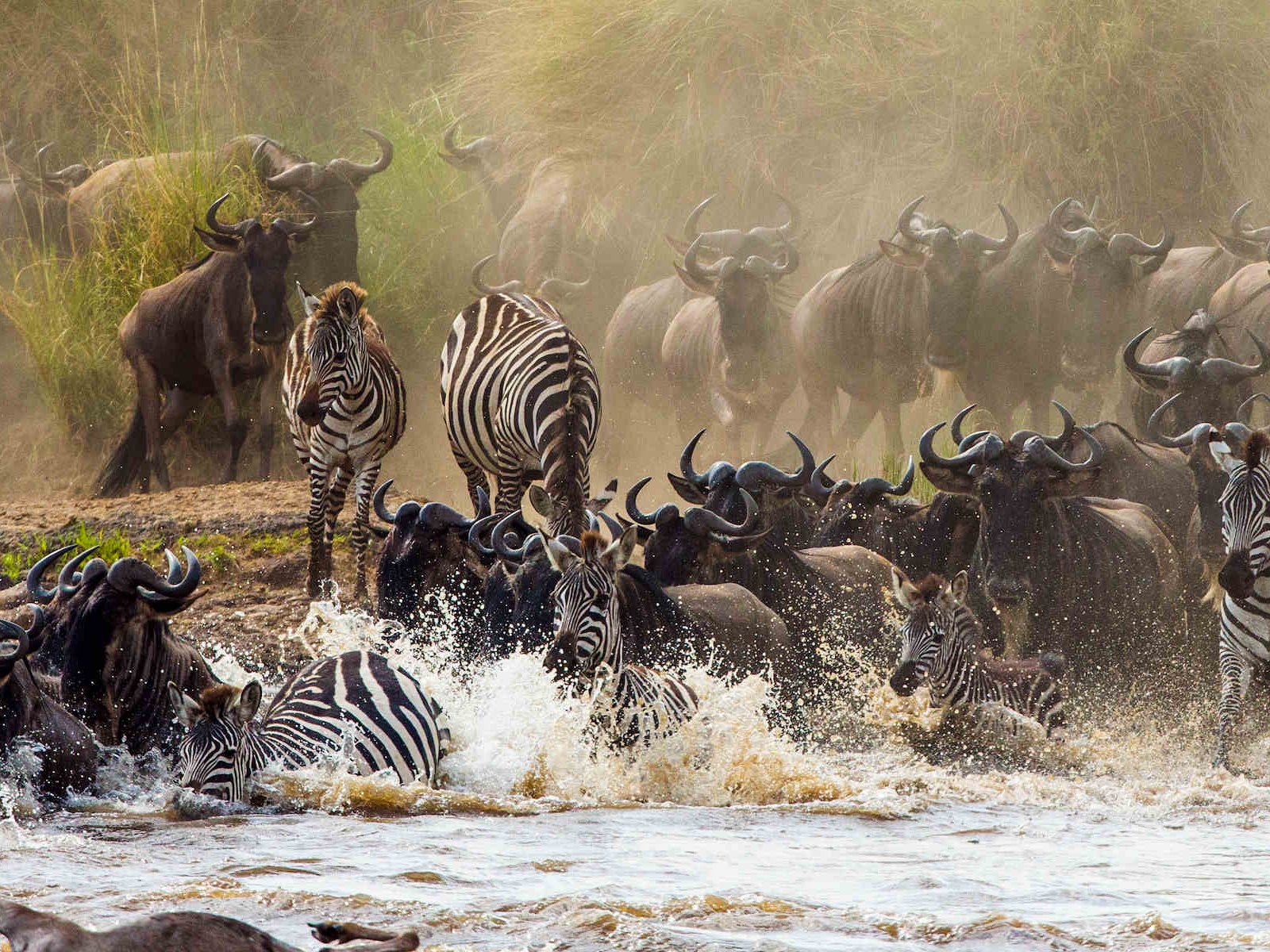The Birth of a Legend
Top Italian wines such as Tignanello and Sassicaia were created in protest against obsolete winemaking regulations. This represented a fresh start for Tuscany and a reassessment of its indigenous grape, Sangiovese.
It was the British Master of Wine Nicolas Belfrage who first coined the term in the mid-1980s. He dubbed the range of new wines that had emerged in Tuscany in the preceding years as Supertuscans. Until then, Italian wine had steadily gone downhill. Its most famous proponent was Chianti Classico – deep in crisis and marketed at ridiculously low prices.
At the time, Italy was not considered a country of fine wine. Where red wine was concerned, France, with Bordeaux and Burgundy, towered over everything; apart from that there were perhaps a handful of exotic wines that had some standing.
Changing Traditions
At that time, production regulations for Chianti Classico still stipulated that white grapes like Trebbiano or Malvasia Bianca had to form part of the blend alongside the traditional red varieties Sangiovese, Canaiolo and Colorino.
For the steadily growing number of winegrowers who wanted to show that great, long-lived red wines could be produced in Tuscany, this antiquated regulation which prized quantity over quality was an insurmountable obstacle. Thus, the idea was born to produce a wine solely from red grapes.
Enzo Morganti, oenologist and director of the San Felice winery in southern Chianti Classico, took the first step: from the 1968 vintage onwards, he produced a wine only from Sangiovese, which he called Vigorello. Initially, however, the wine world took little notice. This changed abruptly three years later.
The Marchesi Antinori, then as now one of the leading brands of Italian wine, presented their Tignanello in 1971 – made entirely without white grapes and in this first vintage exclusively from Sangiovese. It was not until the next vintage, 1974, that Cabernet Sauvignon was added. Because the wine did not comply with existing regulations, it was not allowed to be labelled Chianti Classico: the mandatory white varieties were missing.
The solution was easy: Tignanello was simply declared as vino da tavola, as a table wine, because in this category everything was allowed. There were over 130,000 bottles of the first vintage, and they sold like hot cakes - even though the price for Tignanello was five times that of a Chianti Classico Riserva.
In the mid-1970s, Antinori also took over the distribution of Sassicaia, produced by Incisa della Rocchetta in Bolgheri, which was still completely unknown at the time: a red wine made from Cabernet Sauvignon and Cabernet Franc, without any Sangiovese at all – an absolute novelty for Tuscany.
An idea takes flight
At the end of the 1960s, Sergio Manetti, a successful industrialist from Milan, bought an abandoned farmhouse near Radda which he converted into a holiday home. Surrounding the house were some vineyards from which he produced wine. At first, his Montevertine was still labelled as Chianti Classico.
But then he fell out with the Consorzio, the powerful association that sets the production rules, because he too wanted to use only red varieties. With the 1977 vintage, Pergole Torte finally debuted – made exclusively from Sangiovese and, of course, labelled as vino da tavola.
Just as Tignanello became the first Supertuscan based on Sangiovese and a little Cabernet Sauvignon, Pergole Torte has since been considered the model for all pure Sangiovese wines. By the early 1980s, a tipping point was reached.
A veritable flood of new wines saw the light of day: I Sodi di San Niccolò by Castellare (1977 vintage), Cepparello by Isole e Olena and Sammarco by Castello dei Rampolla (both 1980), Flaccianello by Fontodi, Coltassala by Volpaia, Camartina by Querciabella (all 1981), Cabreo by Rufino (1982) and finally Fontalloro by Fèlsina
and Percarlo by San Giusto a Rentennano (both 1983).
With these new vini da tavola, Italy now produced red wines for the first time that could “compete with the world“, as Paolo de Marchi of Isole e Olena says. In the following years, there seemed to be no limits to creativity. Every winery produced at least one Supertuscan. The names often followed the well-known models and ended in “-ello“ or “-aia“. Many of these new creations have since quietly disappeared.
Nonetheless, the producers of these first-wave Supertuscans are still among the pioneers of modern Italian viticulture and their wines – some of them with cult status – are sought-after across the globe.
With the amendment of Italian wine law, these vini da tavola were classified as Toscana IGT from 1995 onwards. In 1996 it became possible to produce Chianti Classico DOCG exclusively from Sangiovese. Many Supertuscans could have been declared Chianti Classico from that point on.
However, in view of the price difference between the best Supertuscans and a Chianti Classico, most producers continued as before. In 2013, another attempt was made to bring these prestigious wines back into the fold with the introduction of the new category Chianti Classico Gran Selezione.
Since then, some Supertuscans have actually been labelled as Gran Selezione, such as Coltassala from Volpaia or Sassello from Castello di Verrazzano. Giovanni Manetti of Fontodi, president of the Consorzio Chianti Classico, hopes that more wines will follow. But Renzo Cotarella of Antinori is no fan of the idea. Tignanello, he argues, has become a brand in its own right after 50 years – and it should stay that way.
